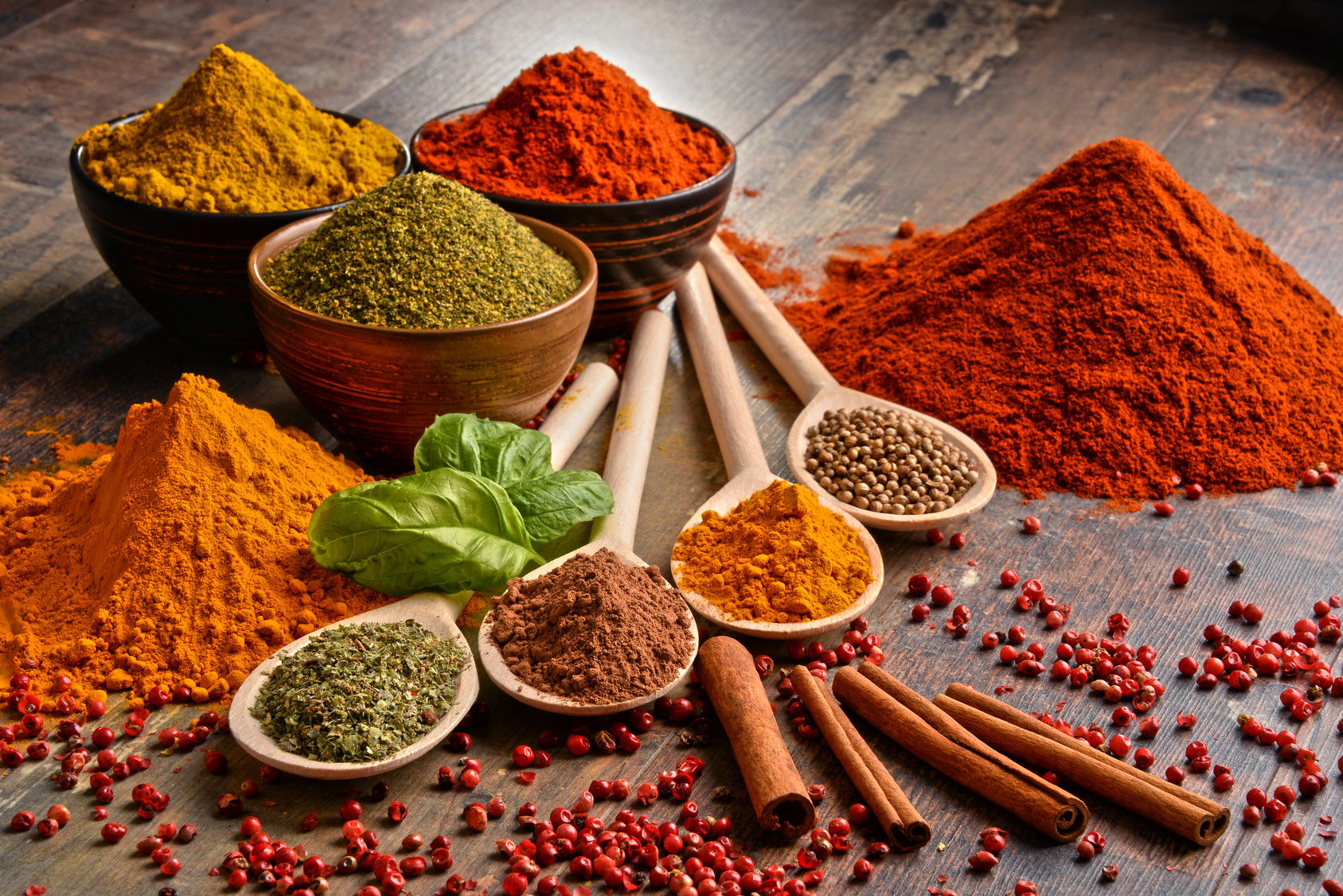
An excerpt from Krish Ashok’s ‘Masala Lab’, an exploration of the science of Indian cooking.
Armchair-uncleji theories about how tropical parts of the world do not have brewing traditions because of their climate are patently silly. When you put human beings, carbohydrates and some microbes together, alcoholic drinks will emerge. [...] When you ferment things, ethanol is almost always produced. There is no escaping it.
If you make yoghurt at home, it will have a tiny amount of ethanol that is produced by wild yeast in the environment. Industrially produced yoghurt is fermented in sterile conditions to ensure that only specific strains of bacteria, such as streptococcus thermophilus and lactobacillus lactis, feast on the milk sugars and do not produce alcohol. This is also why homemade yoghurt is almost always richer in flavour, because a diversity of microbes results in more complex flavours. And some alcohol.
If you bake bread, there is literally no escaping alcohol production. Yeast produces alcohol when it eats up sugars. In fact, one element of the sweet smell of baking bread is the ethanol evaporating. The alcohol molecule has a slight resemblance to the sugar molecule, which is why, in low concentrations, it tastes sweet. Breads, such as naan, made after a long fermentation process with yeast can sometimes contain about 2 per cent residual alcohol even after baking. Leave aside bread-bakers and naan-makers, the long-standing tradition of eating rice fermented overnight involves consuming a finished product that can be pretty alcoholic. Now you know why people eat fermented rice with raw onions soaked in yoghurt in south India. The onions overpower the smell of alcohol.
I want you to consider using alcohol in moderate amounts while cooking process. You don’t have to drink it, and rest assured, your finished product will not be any more alcoholic than the bread you bake or the yoghurt you ferment.
[...] If you remember, flavour is a multisensory experience that involves the taste buds, nose, ears, eyes and mouthfeel. Among these, aroma contributes to about 80 per cent of how we perceive flavour. While our tongues can detect five kinds of tastes, our noses can detect thousands of aromas. In fact, we can detect some aromas even if the concentration is of a few molecules in a trillion! Sulphur-based aroma molecules, like the smell of cooked fish, tend to be detectable at concentration levels approaching one molecule in a quadrillion!
This is a crucial thing to remember when making good food – we can only taste things that are water-soluble, but we can smell way more volatile aroma molecules thanks to the olfactory receptors in our noses. Most spices and strongly aromatic ingredients have volatile flavour molecules that are not water-soluble, so we can’t actually taste them.
Remember, you smell cardamom, you don’t taste it. What you taste when you bite into cardamom is its woody mouthfeel and bitter taste. This is why fats are absolutely crucial to cooking, because most flavour molecules are fat-soluble, not water-soluble.
This means that when you cook spices in hot oil, it extracts all of these flavour molecules and dissolves them into the oil, thus preventing them from being lost to the air. When you eat this food, the enzymes in your saliva start breaking down the fats, which results in those dissolved aroma molecules escaping into your mouth. As they enter the short, shared highway that transports both food and air, the act of breathing out elevates the aroma molecules, which are basically gases, and makes them hit the olfactory receptors. That is when you truly experience the complex taste of the thousands of aroma molecules from the saffron in your biryani.
Now that I have your attention with the words ‘saffron’ and ‘biryani’ (no political angle here, I assure you), let me tell you that after fats, the silver medal winner in the 100 m flavour extraction race is alcohol. A tiny amount of alcohol used while cooking will almost always result in a stronger flavour. The alcohol will help transport more aroma molecules to your nose and make your dish pop.



























